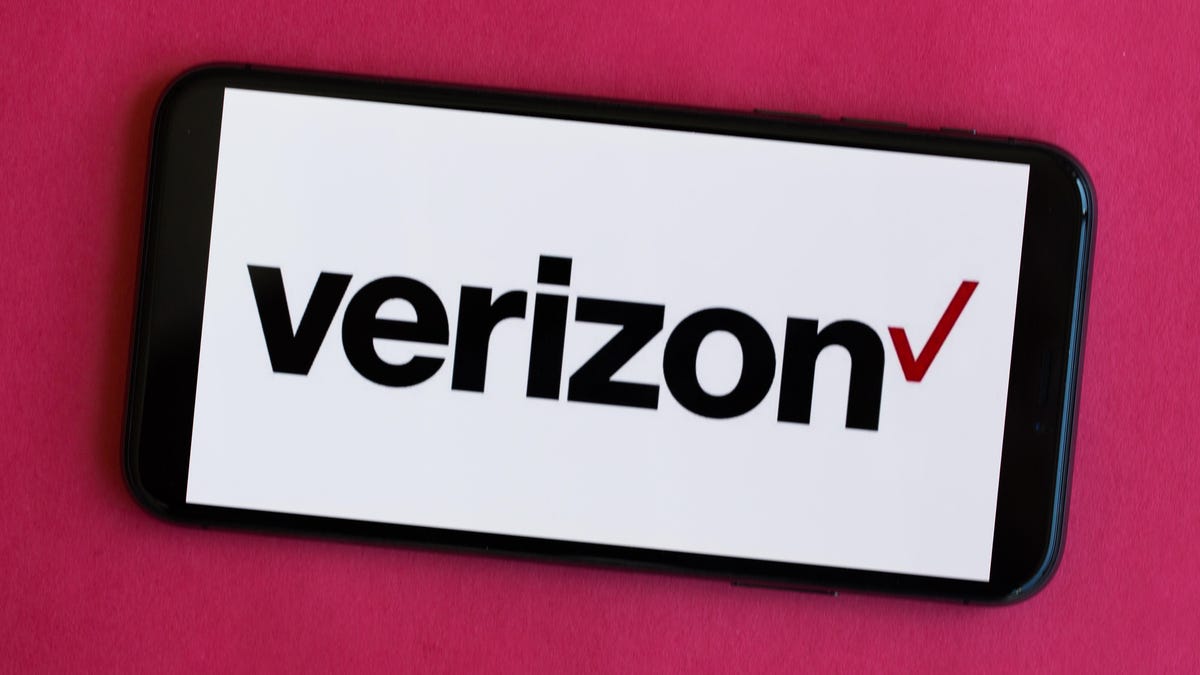Verizon officially turns on 5G in New York, Boise and Panama City
Verizon's 5G city count is now up to 13.

Verizon's 5G city count is growing.
Verizon's 5G network is continuing to slowly expand. In announcing that it's officially turned on 5G in parts of New York on Thursday, the wireless giant turned on 5G in two additional new cities: Panama City and Boise.
The three new cities bring Verizon 5G network count to 13, creating some distance from Sprint's nine 5G cities and T-Mobile's six. AT&T is still in the "lead" at 21 total cities, but unlike the other three carriers, it still doesn't let consumers onto its network.
Verizon says it plans to have 5G in over 30 cities by the end of 2019.
Similar to its other 5G cities like Chicago, Verizon's new locations use a millimeter-wave network, which offers incredibly quick downloads but is very limited in range and only works outdoors on certain city blocks.
In New York, the company says users will be able to initially find 5G in three of the city's five boroughs: Manhattan, the Bronx and Brooklyn. Manhattan users will be able to find the service in parts of Midtown, Financial District, Harlem, East Harlem, Hell's Kitchen and Washington Heights.
Those in Brooklyn will be able to find it in parts of downtown Brooklyn, while the Bronx will have 5G in parts of Pelham Bay, Fordham Heights, and Hunt's Point.
As it has in other cities, Verizon says it will also offer 5G around popular city landmarks and tourist attractions, including Bryant Park, St. Patrick's Cathedral, Madison Square Garden, Trinity Park in Brooklyn, by the Manhattan entrance to the Lincoln Tunnel, Javits Center on 11th Avenue between 36th and 37th streets, and the Theater District on Broadway between 49th and 52nd streets.
Verizon says Panama City users will be able to find the service downtown, in Forest Park, and by the Lower Grand Lagoon in Panama City Beach.
Boise residents, meanwhile, will be able to find the initial service in parts of Downtown Boise, West Boise, West End, Meridian, Boise Junction and around the Idaho State Capitol, St. Luke's Boise Medical Center, Fort Boise Park, Capital City Event Center, and Boise Town Square.
New cities, similar experience
Verizon's early 5G speeds in NYC are impressive, but still limited in locations.
Using the new network in New York City on Wednesday, I was able to get super speedy download speeds of 1.2Gbps, but this was before Verizon officially launched on the network, so there likely were few other users competing for bandwidth where I was on 39th Street and 7th Avenue between Penn Station and Times Square.
Using the network around midtown Manhattan on a Samsung Galaxy Note 10 Plus 5G, I generally had speeds ranging from several hundred megabits-per-second to just over a gigabit. But moving even just a few feet saw those numbers drop considerably, a known trade-off of the high-frequency millimeter-wave 5G compared with the "midband" frequency 5G that is currently deployed by Sprint.
Verizon's download speeds were, yet again, often significantly faster than Sprint's when comparing the two networks side-by-side. Downloading movies or games before a train ride out of Penn Station should go a lot faster on Verizon's network.
But for everyday use, Sprint's network coverage (including the ability to work indoors) and consistency of getting download speeds between 100 and 200Mbps continue to remain unmatched among early US 5G networks.

